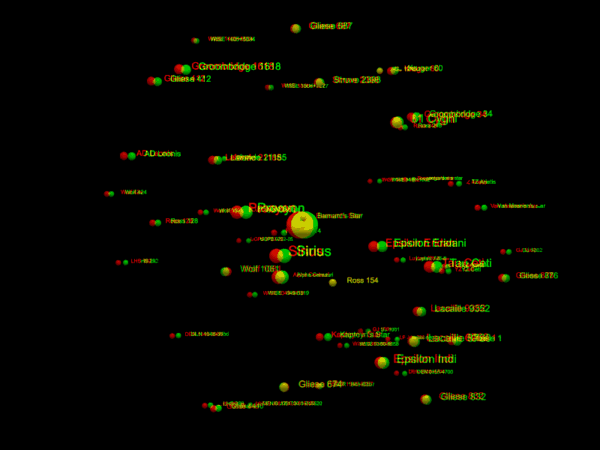Just finished watching Dr Brian Keating's "Into the Impossible" podcast on Youtube. (Its over an hour long) and he is talking to some ex Navy airmen about this topic. From their testimony it would seem to me that the Pentagon should be taking this more seriously. They are reporting getting radar return after upgrades not previously seen on their older kit and that upon investigating the objects they are getting missile locks from the IR sensors on their sidewinders.
I think if I was a senior Pentagon bod, I would be interested to know, are these sensor artifacts, or real and if real, are they something the Dept. of Defence should be concerned about?
The airmen in question seem to be concerned from a air safety perspective but I think that there is more to it.
I think if I was a senior Pentagon bod, I would be interested to know, are these sensor artifacts, or real and if real, are they something the Dept. of Defence should be concerned about?
The airmen in question seem to be concerned from a air safety perspective but I think that there is more to it.


